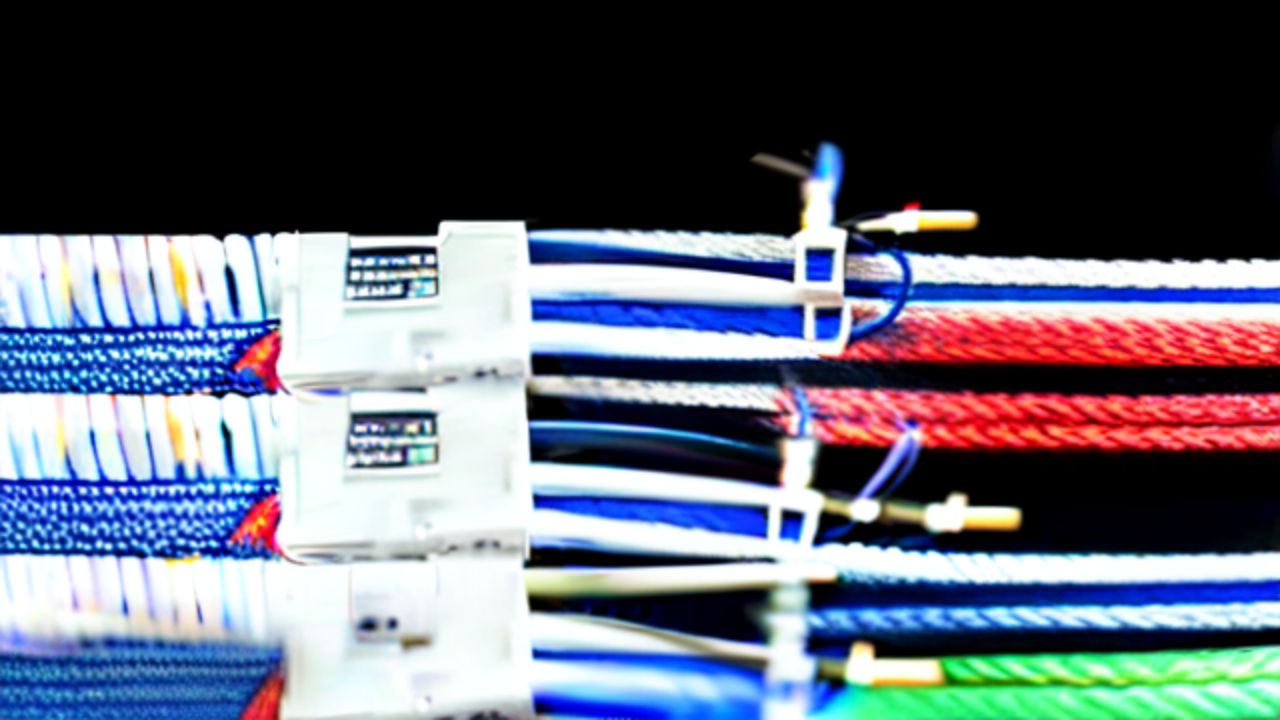In the ever-evolving landscape of communication technology, the medium employed for data transmission significantly influences the effectiveness, speed, and dependability of the communication process. This article delves deeper into the comparison between all dielectric self supporting cable (adss cable) and traditional communication media, offering a detailed analysis of their respective strengths and weaknesses.
Introduction
The relentless march of technology has transformed our communication methods, leading to the development of a variety of communication media. From the humble copper wires to the more advanced coaxial cables, and now the cutting-edge fiber optics, each progression has ushered in remarkable enhancements in data transmission. Consequently, a thorough understanding of these media's differences is vital for making informed choices in numerous sectors, including telecommunications, broadcasting, and internet service provision.
Traditional Communication Media
Traditional communication media, primarily consisting of copper and coaxial cables, have served as the mainstay of data transmission for decades. Copper cables, appreciated for their robustness and straightforward installation, have found extensive use in telephone lines and Ethernet networks. Coaxial cables, offering a higher bandwidth than copper, are typically employed in cable TV and internet connections.
However, these traditional media are not without their drawbacks. Copper cables are prone to electromagnetic interference, which can compromise signal quality. Coaxial cables, despite offering higher bandwidth, are not ideal for long-distance data transmission due to signal attenuation.
Advantages of ADSS Fiber Optic Cable
ADSS fiber optic cables have emerged as a formidable contender to traditional communication media, boasting several unique advantages.
Higher Bandwidth
ADSS fiber optic cables offer a significantly higher bandwidth compared to copper or coaxial cables. This enables the simultaneous transmission of a greater amount of data, rendering them ideal for high-speed internet connections, HD video streaming, and other data-intensive applications.
Immunity to Electromagnetic Interference
Unlike copper cables, ADSS fiber optic cables are immune to electromagnetic interference. This is because they transmit data in the form of light pulses instead of electrical signals, ensuring a more pristine and reliable transmission.
Ease of Installation
ADSS cables are self-supporting, eliminating the need for additional support structures during installation. This makes them easier and more cost-effective to install over long distances or in challenging environments.
Limitations of ADSS Fiber Optic Cable
Despite their numerous advantages, ADSS fiber optic cables also come with their own set of limitations.
Cost
ADSS fiber optic cables are generally more expensive than traditional communication media. This is primarily due to the higher cost of the materials used and the specialized equipment necessary for their installation and maintenance.
Specialized Expertise Required
The installation, maintenance, and repair of ADSS fiber optic cables require specialized expertise. This can increase the overall cost of using this medium, particularly in regions where such expertise is hard to come by.
Conclusion
In conclusion, while ADSS fiber optic cables offer substantial advantages over traditional communication media, their suitability largely hinges on the specific requirements and constraints of each scenario. For high-speed, long-distance data transmission, ADSS fiber optic cables are undoubtedly the superior choice. However, for shorter distances or where cost is a major concern, traditional media may still be a feasible option. As always, a meticulous analysis of the pros and cons is crucial in making the right choice.


